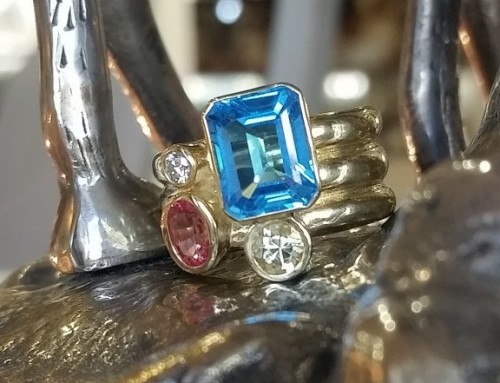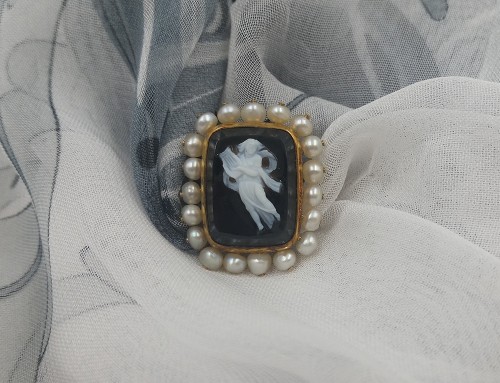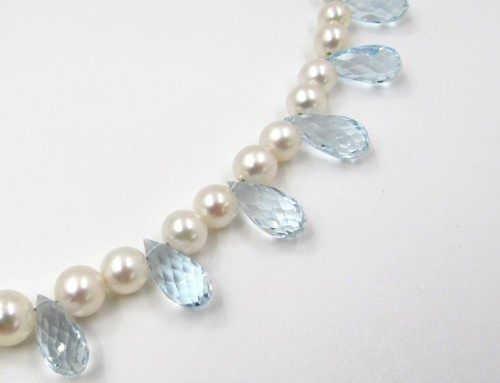Important Dates in Jewelry History
110,000 – 73,000 BC – Decorative sea shell beads found in the archeological digs in Morocco. They were probably used as amulets. Drilled shells have also been found in Israel, Algeria and South Africa.
38,000 BC – Beads made from bone and animal teeth found in France.
28,000 BC – Fossilized shells and ivory beads found in the East Gravettian culture, located in modern Czech Republic.
4400 BC – Around the time of first domesticated animals and invention of wheel, ancient Thracian civilization produced oldest known objects made from gold.
5000 – 30 BC – Use of copper starts a new era in jewelry production, and secrets of alluvial gold gathering arrives in Egypt around 4000 BC. They quickly start producing glazed steatite beads and countless jewelry designs based on scarab beetles, scrolls, winged birds, tigers, jackals and antelopes. Popular gemstones of that time were carnelian, feldspar, amethyst, chalcedony, lapis lazuli and turquoise.
2750 – 1200 BC – Ancient Mesopotamia produced wide range of jewelry based on the design of lives, grapes, cones and spirals. Gemstones that they used were agate, lapis, jasper and carnelian.
1400 – 30BC – Greek jewelry was made in the style of animals and shells and was infused with the amethysts, pearls, chalcedony, cornelian, garnet and emeralds.
500 BC – 400 AD – Ancient Roma preferred seal rings, brooches, amulets and talismans that were infused with the designs of animals and coiling snakes. Most popular gemstones were sapphires, emeralds, pearls, amber, garnets, jet and diamonds.
400 – 1000 AD – In European Dark Ages use of jewelry was not common, except among higher nobility and royalty.
1066 – 1485 – Medieval jewelry finally become widespread by the help of religion. The most famous designs of that time were hair and cloth jewelry that was worn during religious ceremonies. They were adorned with gemstones such as rubies, sapphires, pearls, emeralds, semi-precious stones and diamonds.
1500 -1830 – Arrival of Renaissance and Georgian time period brought rise of jewelry use in entire Europe. Necklaces (single or multi strand), earrings (ordinary or with chandeliers), and many other designs were decorated with the images of animals. Intricately designed gemstones became very popular to the point that diamond jewelry became commonly used as a part of evening attire.
1835 – 1900 – Reign of English Queen Victoria had a profound effect of fashion and jewelry tastes in Europe.
Early 1900s – These years were remembered for the Art Noveau and Edwardian styles.
1920 – 1935 – Roaring Twenties brought the rise of the Art Deco, which introduced jewelry of vibrant colors, filled with geometrical shapes, abstract designs, cubism, modernism and oriental art. It also popularized wearing of wristwatches.
1939 – 1949 – Because of influence of World War II and widespread embargoes on gemstones, popular jewelry shifted to the more metal based designs adorned with patriotic motifs and semi-precious and synthetic gemstones.
1950s – Post war years saw the return of brightly colored jewelry, heavy use of rhinestones and big beads. Diamonds solidified its spot as the most popular gemstone.




